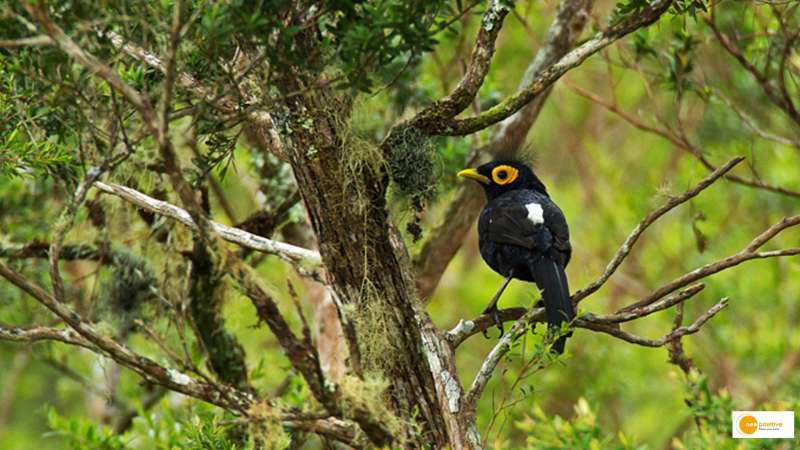

A new conservation agreement adopted this week at the United Nations summit in Montreal puts the world on a strong track to halting the rapid decline of nature – but only if wealthy nations provide adequate funding and all countries prioritise conservation.
The Kunming-Montreal Global Biodiversity Framework agreement’s goals include halting species extinctions, conserving 30% of the world’s land and sea by 2030, and mobilising $200 billion per year for conservation.
Conservationists lauded the agreement’s ambition, comparing it to a Paris Agreement for nature by establishing 23 specific targets against which countries can measure their progress.
“This is equivalent to the global climate goal of 1.5 degrees Celsius,” said Marco Lambertini, director-general of World Wildlife Fund International.
It took four years of negotiations just to set the targets, which culminated in this month’s “COP15” summit in Montreal, where countries weighed environmental concerns against other pressures such as economic development and industry competition.
The survival of hundreds of thousands of species is at stake, with the United Nations reporting that approximately 1 million are now threatened with extinction.
However, conservation experts told Reuters that meeting the 23 targets will be much more difficult, requiring strong political will and a willingness to sacrifice some of the world’s most valuable real estate to nature.
“What matters most is how these goals and targets are translated into national plans,” says Nick Isaac, a macroecologist at the UK Centre for Ecology and Hydrology.
It will also depend on developing countries receiving much-needed funding to incentivize conservation and cover its costs.
“The key will be developed countries delivering early on finance commitments,” a Latin American negotiator said.
ROADBLOCKS THAT MAY OCCUR
While the agreement includes the ambitious goal of protecting 30% of land and sea by 2030, the results will be determined by which areas are chosen for conservation – and what exactly constitutes protection.
The agreement does not strictly define either, leaving it up to countries to decide how ambitious they will be.
Scientists and conservation organisations have urged governments to safeguard species-rich land and sea areas. The problem is that these are the same areas where most people prefer to live and work, with pleasant weather and plenty of water and greenery.
“The decision on which regions to protect must be based on the best available data and methodology,” said Alexandre Antonelli, director of science at the Royal Botanic Gardens, Kew in the United Kingdom. “Otherwise, there is a significant risk that the least expensive areas will be protected rather than those that are most important for biodiversity.”
Experts say it is also important to consider what countries consider to be protected.
Delegates debated whether protected areas should be completely off-limits to human settlement and development, or whether some resource extraction should be permitted if managed sustainably. The agreement left the question unanswered.
Some countries have already begun to designate protected areas.
China has declared nearly a third of its land unfit for development. Canada, one of the world’s largest countries, is expanding Arctic protected land and marine areas.
Later this month, the United States Congress is expected to pass legislation providing $1.4 billion in annual conservation funding to states across the country.
MONEY REQUIRED
Throughout the two-week COP15 summit, ministers insisted that any conservation ambition must be matched by financial resources.
The funding from developed countries ultimately came in far short of the $100 billion per year requested. Instead, the agreement included a promise to allocate $200 billion per year from the public and private sectors by 2030, with wealthy nations contributing $30 billion.
Poorer countries warned that without that money, they would be unable to guarantee environmental protection within their borders.
“Globally, protecting the Amazon, Congo Basin Forests, peatlands, mangroves, and reefs will necessitate significant increases in funding,” said Brian O’Donnell, executive director of the non-profit Campaign for Nature.
“Political leaders are only now realising how high biodiversity should be on their agendas and in their budgets,” he said.
The three largest rainforest nations, Brazil, Congo, and Indonesia, worked together in the final hours of COP15 to reach agreement on the deal. Just last month, the three announced a new partnership to collaborate on forest preservation.
“Such an alliance has enormous potential,” Rainforest Foundation Norway’s Anders Haug Larsen said. “With the agreement prioritising the most biodiversity-rich areas, rainforest protection will be implicitly at the heart of its implementation.”


